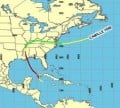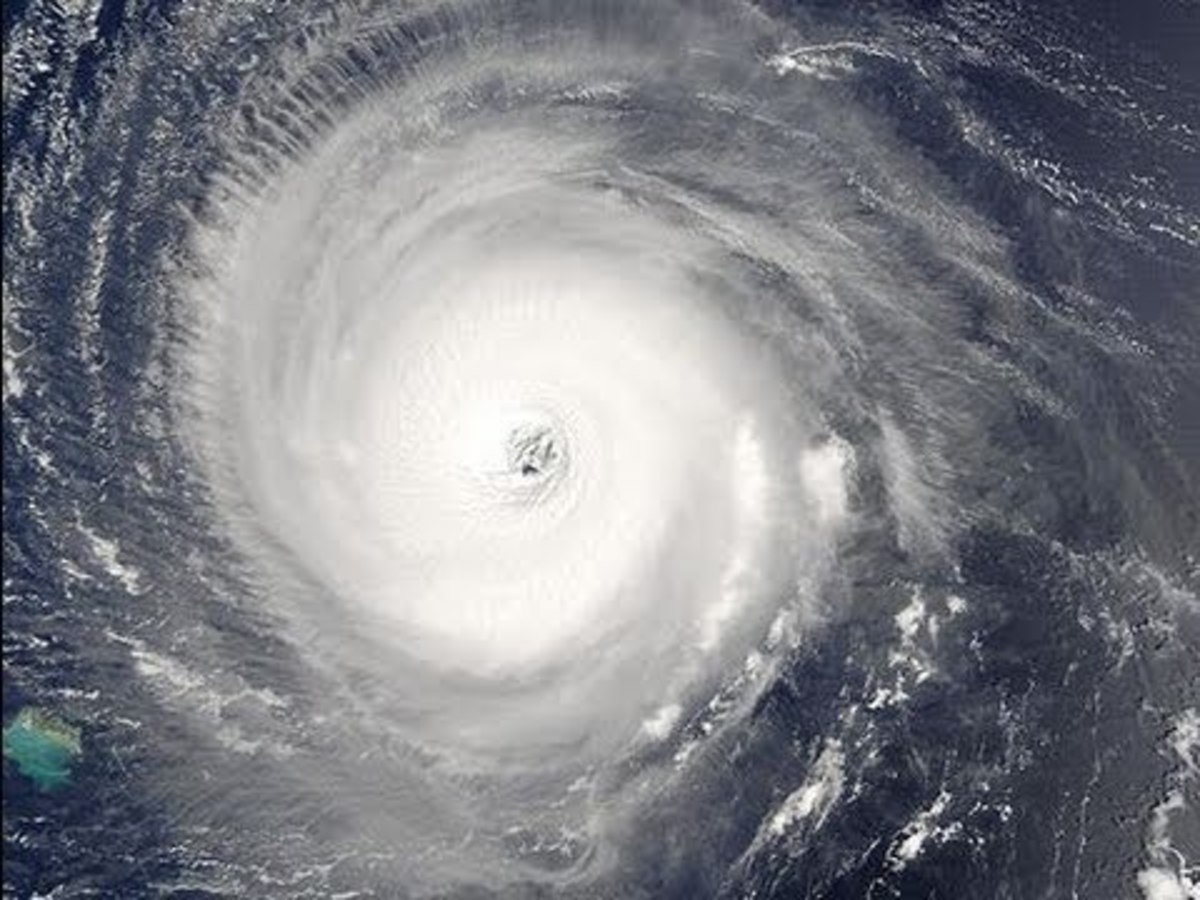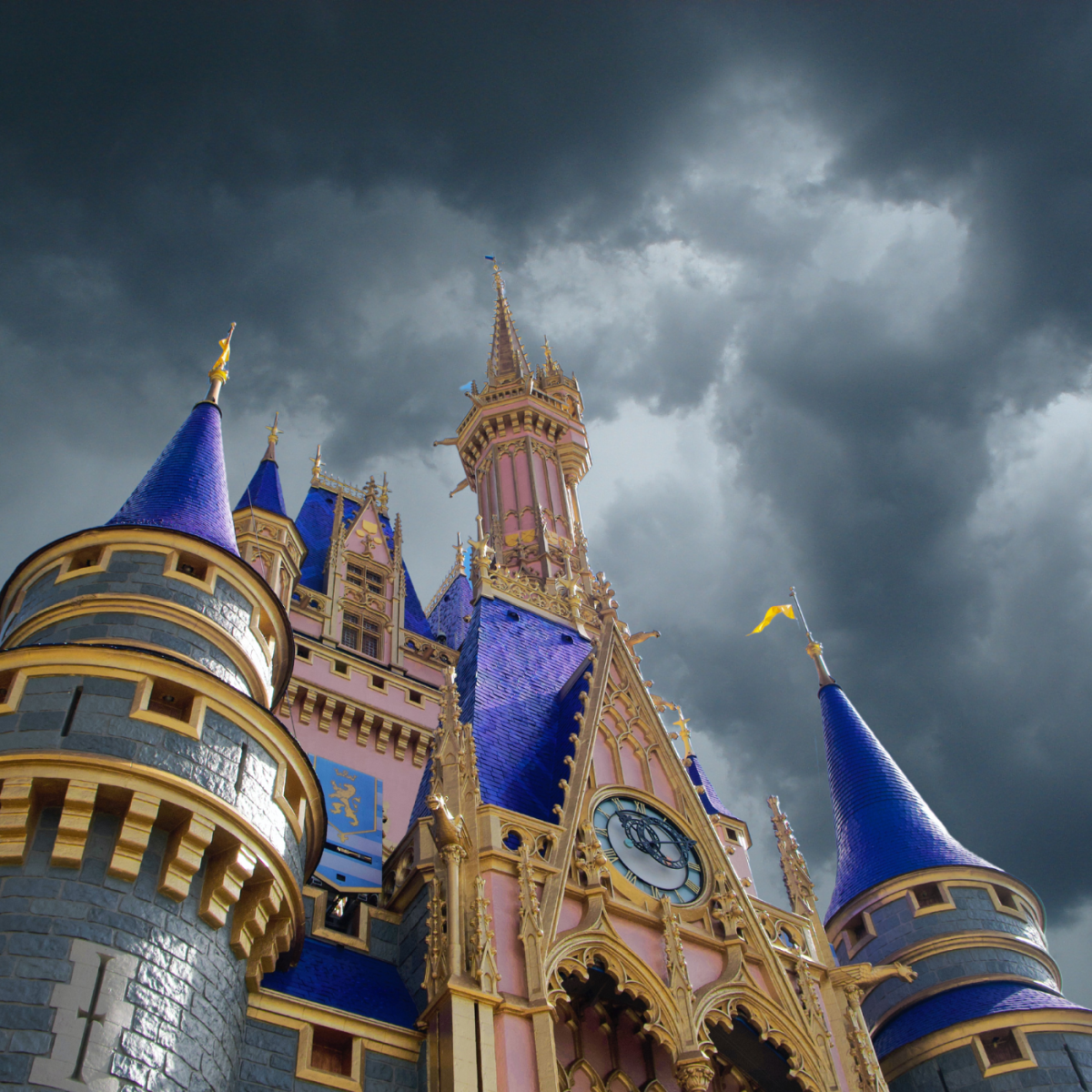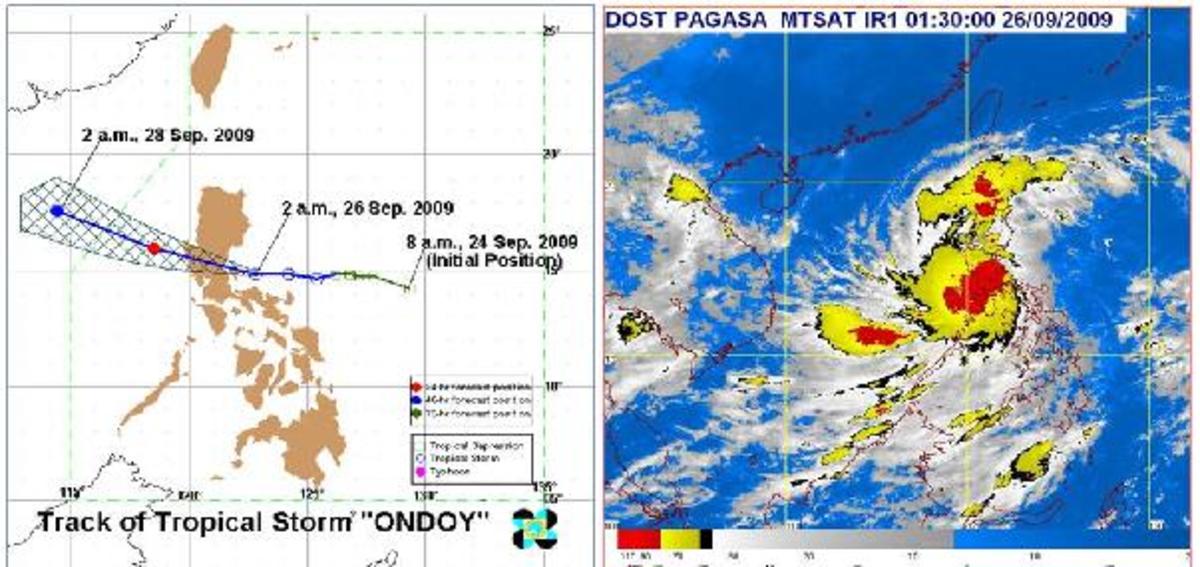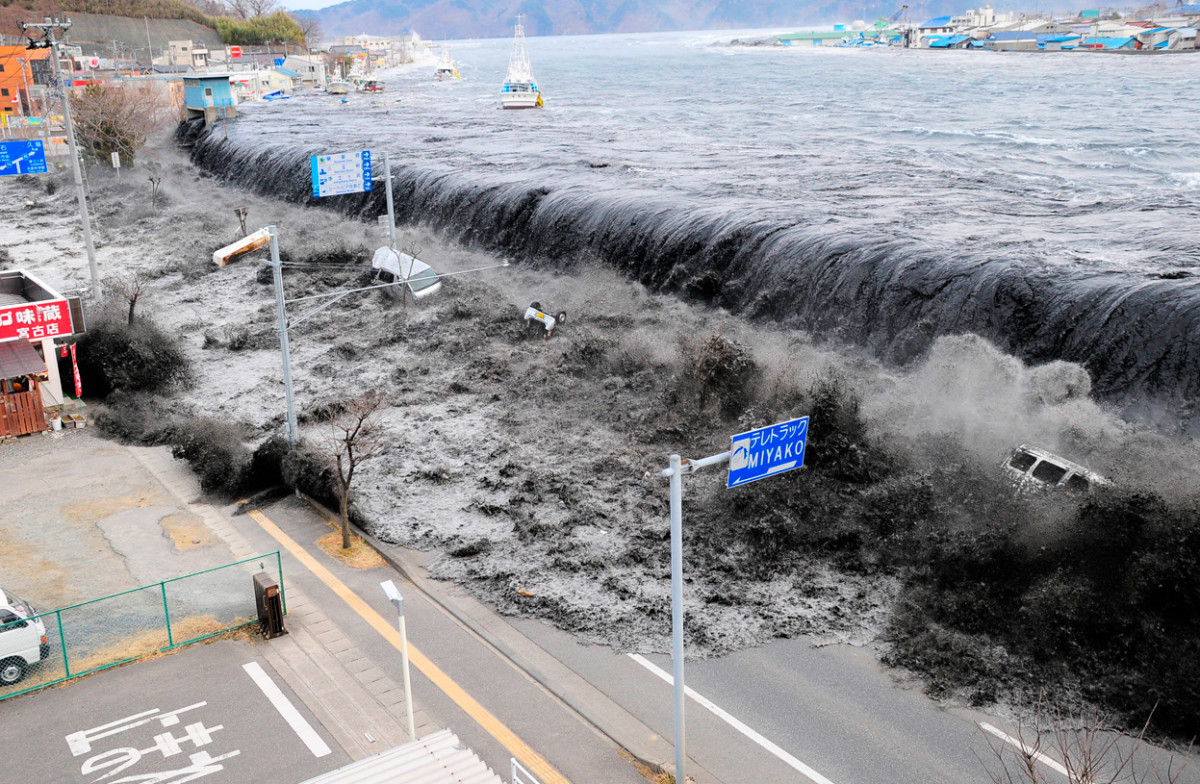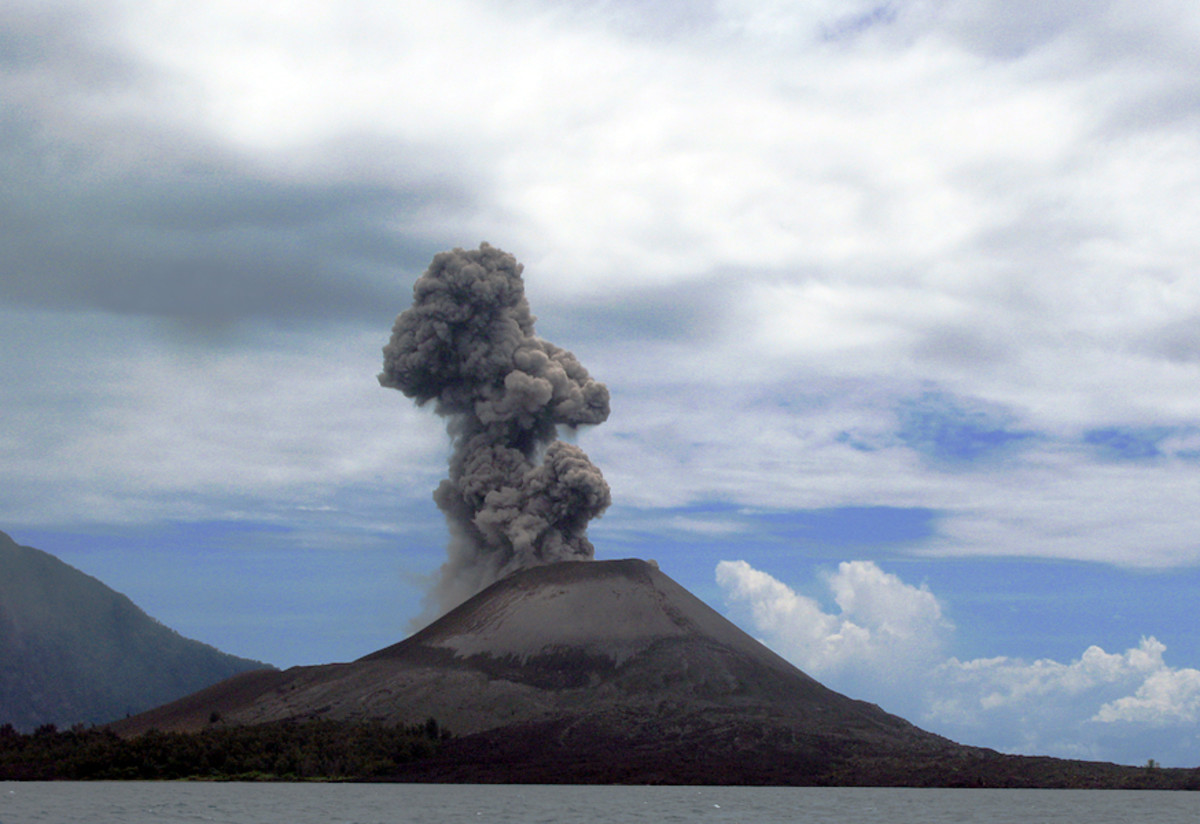Cyclones: What to Do and How to Survive a Hurricane or a Tornado
Hurricanes, Tornados, Cyclones: What's the Difference?
Thanks for visiting my hub on cyclones, hurricanes and tornados. These violent, natural disasters have well-known (and well-deserved) reputations for destruction, but what's the difference between them? For the record, here they are:
- Hurricane - a tropical storm with sustained winds of at least 74 miles per hour. The winds blow in a circular pattern around a central "eye" that has a radius of about 20-40 miles, while the storm itself generally has a radius of 200-400 miles. Hurricanes (also known as tropical hurricanes or typhoons) form over large bodies of water and can last from a few hours to several weeks, with maximum sustained winds reaching about 200 miles per hour. Hurricane season officially goes from June 1 - November 30.
- Tornado - a violent, funnel-shaped column of air that is typically in touch with both the ground and a cloud. They can reach up to two miles in diameter (although the average is about a mile), with winds of up to 300 miles per hour. Tornadoes, which are sometimes referred to as "twisters," usually form from thunderstorms (although they can also form from hurricanes), and can last anywhere from a few minutes up to about an hour. Tornado season actually varies by geographic region - in fact, a tornado can form any time if conditions are right - but is generally thought of as roughly running from about March-July.
- Cyclone - technically, this is a closed area of circular wind motion. However, the term has come to be used generically for almost any spiral-shaped windstorm, including hurricanes, tornadoes, typhoons and more.
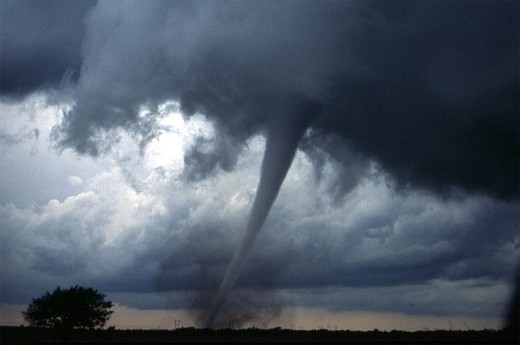
Preparations Before a Hurricane or Tornado Arrives
Because they are very similar in nature, the steps to take for surviving both a hurricane and a tornado are very much alike. Often, there are things you can do in advance (meaning well before hurricane or tornado season) to minimize the problems associated with surviving either:
1) Storm shutters - shutters offer great protection from high winds. If you don't have shutters, them simply boarding up your windows (such as with plywood) is a fine alternative.
2) Take additional steps to secure your roof to your home, such as with ties, straps or clips. These can help provide resistance to wind forces.
3) You should always have an emergency kit prepared, for this and any other type of disaster. If you're unsure of what to include in it, please see my hubs on having a) a Home Emergency Kit, b) a Car Emergency Kit, and c) Emergency Power Generators.
4) Consider adding a "safe room" to your home, or modifying an existing room to become one. (A safe room is a room built to withstand the dangers associated with cyclones, like high winds, debris, etc.) The best place for a safe room is in the basement, with the second-best place being the interior of your home.
Moreover, the sooner you take these steps the better, because - while you sometimes can get lengthy advance notice of a hurricane approaching, many such storms can form almost without warning. For instance, a tornado can form in as little as 30 minutes.
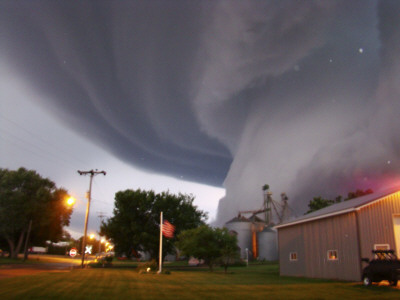

During a Hurricane or Tornado
As noted before, you may not always have adequate warning prior to a hurricane or tornado - especially if you live in an area like the infamous "Tornado Alley" section of the U.S., where tornadoes are noted to occur most frequently. (FYI: Tornado Alley has no actual defined area, but is generally considered to include parts of several states, including Texas, Oklahoma and Kansas.) That being the case, you may have to make an immediate decision as to whether to evacuate or stay in place.
Evacuation: When so directed by the authorities, you should evacuate. (Also, you should consider evacuating if you live in a mobile home, on the coastline (for hurricanes), or in a tall building or high-rise.) If you decide to do so, hopefully you already have your home and car emergency kits, which should include - among other things - medicine/first aid supplies, a radio, and emergency water. Of course, evacuation assumes that the hurricane or tornado is not already there; you should not attempt evacuation, for instance, during a tornado (although you can move to a safer location).
Staying Put: Should you decide to hunker down, you should secure any outdoor items or bring them inside. Also, make sure you close all doors and windows, as well as any shutters or blinds. Stay away from the windows or any glass doors, and seek shelter on the lowest floor of your home or any building you are in - preferably in a basement or storm shelter. If you have a safe room, get into it; if not, seek shelter in the most interior room available. (With any luck, this will be a bathroom, which offers additional protection because bathrooms tend to be reinforced by pipes.) Try to get under something that can provide protection, like a table, or pull a mattress over yourself.
If you are in your car when the tornado forms, do not attempt to outrun it. You should leave your vehicle and seek shelter - preferably a building (but not a mobile home); if none is available, you should try to get into a low-lying area like a ditch. If there is no shelter of any type and you are forced to remain in your car, you should try to drive at a 90-degree angle away from the storm.
(Posters available at AllPosters.com.)
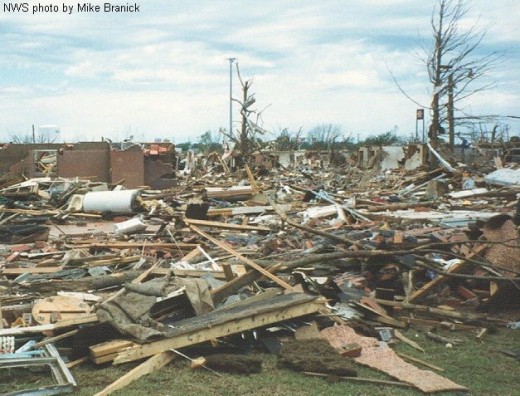
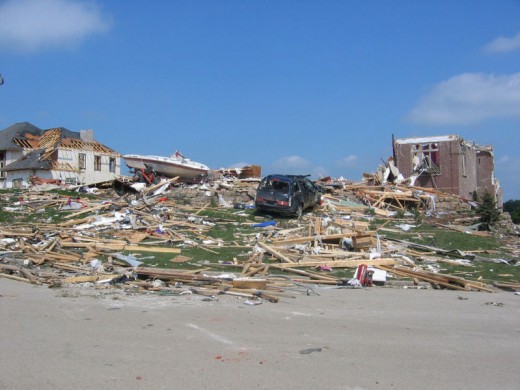
After the Storm
Just because a cyclone has passed does not mean that you are fully out of the danger zone. First of all, hurricanes and tornadoes are extremely destructive. Thus, there is always the danger of being injured due to weakened structures: falling tree branches, collapsing walls, etc. Moreover, there may also be downed powerlines, ruptured gas lines, and so on. In short, there is a myriad of hazardss to watch out for even after the danger of the storm itself has passed.
Before venturing out, it is first advisable to make sure that the storm is actually gone. People have been known to misjudge natural disasters such as hurricanes before, and ventured outside only to find that the relative calm they were experiencing was really just the eye of the storm. Thus, you should probably listen very closely to your radio and stay inside your area of shelter until it is confirmed that the hurricane or tornado has dissipated.
At whatever point you decide to venture out, make sure you are properly prepared. This means, for example, having on the proper footwear in case of dangers such as broken glass. Likewise, heavy work gloves are advisable in the event you have to move items or debris. Naturally, you should keep an eye out for health and safety hazards - powerlines, gas leaks, fire hazards, etc. (And If you followed the advice from the aforementioned hubs on emergency kits and power generators, you should have food, water and power - which is great because there's a good chance your electricity may be out, and not just for a little while.)
Feel free to check on your neighbors, then start assessing the damage to your property. Finally, avoid the impulse to go "sightseeing". You'll probably have enough to do getting your own household back in order, so there's no need to court danger by trying to see how extensive the damage is, what homes are still standing, etc.
Hurricane and Tornado Poll
Have you ever been in a hurricane or tornado?

Summary
Clearly, hurricanes, tornadoes and the various types of cyclones are all survivable. You simply have to be prepared.
On a side note, avoiding mobile homes was mentioned several times in this hub. This is not because I subscribe to the notion that mobile homes are tornado magnets or like catnip to hurricanes and cyclones. The truth of the matter is that their construction tends to be less sturdy than other structures. In addition, they often aren't as securely fastened to the ground, so that they can be pushed over - or even lifted - more easily than other types of homes. In short, their construction is such that they tend to vaporize in the face of gale force winds. Moreover, the statistics tend to bear this out: more than half of all tornado deaths occur in mobile homes. Still, as already noted, hurricanes and tornaoes are survivable events if you have made the proper preparations.
(Poster available at AllPosters.com.)



